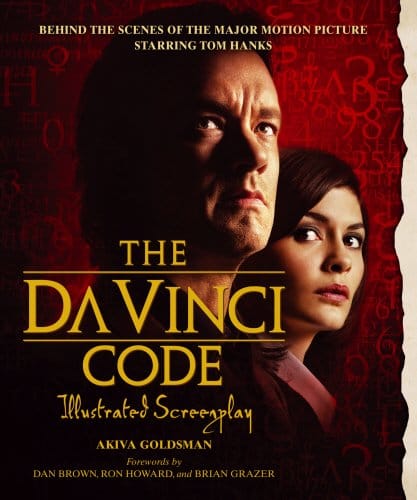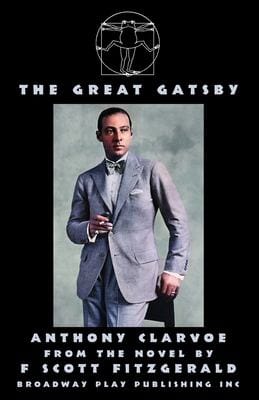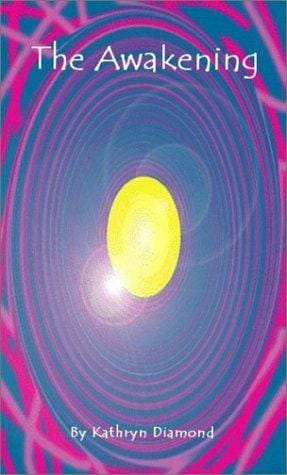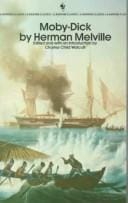Unlocking The Da Vinci Code: Themes, Impact, and Controversy
Explore the themes, symbolism, controversies, and cultural impact of Dan Brown’s The Da Vinci Code in this concise yet comprehensive 800-word analysis.

Introduction: A Modern Mystery Phenomenon
Published in 2003, Dan Brown’s blockbuster thriller The Da Vinci Code exploded onto the literary scene and quickly became a global sensation. Blending art history, cryptography, and religious lore with page-turning suspense, the novel invited millions of readers to play detective alongside symbology professor Robert Langdon and cryptologist Sophie Neveu. Its breakneck narrative and provocative premise sparked heated debates, academic rebuttals, and record-breaking sales, ensuring the book a prominent place in twenty-first-century pop culture. Two decades later, the story’s enigmatic puzzles and audacious theories continue to fascinate, making it a touchstone for contemporary conspiracy fiction.
Plot Overview in Brief
The story opens at the Louvre Museum in Paris, where curator Jacques Saunière is found murdered, leaving behind a trail of baffling clues. Robert Langdon, in town to deliver a lecture, becomes the prime suspect but soon joins forces with Saunière’s granddaughter, Sophie, to unravel the cryptic messages. Their quest reveals a clandestine battle between the secretive Priory of Sion and the militant Catholic sect Opus Dei over the location of the Holy Grail. Racing from Paris to London and finally to Scotland, the duo deciphers anagrams, Fibonacci sequences, and Da Vinci paintings, ultimately unearthing a startling revelation about Mary Magdalene and the bloodline of Jesus Christ.
Core Themes
Faith vs. Skepticism
At the heart of The Da Vinci Code lies a tension between institutional faith and personal belief. Brown invites readers to question established dogma by proposing that religious history is mutable, often shaped by those in power. Through Langdon’s academic neutrality and Sophie’s personal trauma with religious authority, the narrative examines how individuals navigate faith when faced with disruptive information. This thematic conflict propels much of the novel’s emotional weight, asking whether truth should be protected for the collective good or exposed for the sake of intellectual honesty.
The Power of Knowledge
The novel celebrates intellectual curiosity, positing that knowledge can be both liberating and dangerous. Codes, symbols, and historical documents serve as metaphors for concealed truths waiting to be uncovered. Brown’s protagonists wield their expertise like weapons, turning scholarship into survival. Conversely, antagonists seek to suppress or control knowledge to maintain power. This dichotomy mirrors real-world debates about censorship, transparency, and the democratization of information in the digital age.
Symbolism, Codes, and Art History
Brown’s meticulous inclusion of famous artworks—Leonardo da Vinci’s Mona Lisa, The Last Supper, and Madonna of the Rocks—anchors his fictional conspiracy in recognizable cultural touchstones. Hidden messages in these masterpieces, such as the contentious “V” symbol or the alleged feminine figure beside Christ, lend plausibility to the plot while encouraging readers to re-examine familiar images. The interlacing of the Fibonacci sequence, cryptex devices, and anagrams not only drives suspense but also pays homage to the Renaissance ideal of synthesizing art, science, and spirituality.
Historical Accuracy and Controversy
Critics swiftly challenged The Da Vinci Code for its liberal manipulation of historical fact. Scholars of early Christianity dismissed the book’s claims about Constantine’s influence on the biblical canon and the portrayal of Mary Magdalene as Jesus’s wife. The Catholic Church issued statements condemning the novel’s speculation, while Opus Dei decried its villainous depiction. Yet the controversy fueled sales rather than dampening interest. Readers, intrigued by the blurred boundaries between fact and fiction, flocked to museums, lectures, and documentaries to verify or debunk Brown’s assertions, inadvertently popularizing academic scholarship on religious history.
Cultural Impact
Beyond its commercial triumph—over 80 million copies sold—the novel revitalized the thriller genre by mainstreaming the “symbological” puzzle format. Tourist industries in Paris, London, and Scotland created specialized tours tracing Langdon’s footsteps, boosting local economies. The book also spurred a cottage industry of companion guides, parodies, and scholarly critiques. In classrooms, it prompted discussions about media literacy and historical methodology, demonstrating fiction’s power to engage audiences with complex subjects traditionally perceived as arcane.
The Film Adaptation
Ron Howard’s 2006 film adaptation, starring Tom Hanks and Audrey Tautou, translated the labyrinthine plot to the big screen with lavish set pieces and faithful recreations of iconic artworks. While critics offered mixed reviews, the movie earned over $750 million worldwide, expanding the book’s reach to non-readers. The screenplay condensed subplots and softened controversial elements, but the film preserved the central puzzle framework, reinforcing the brand of Dan Brown’s Robert Langdon series and paving the way for subsequent cinematic sequels.
Legacy and Reading Experience
For many readers, The Da Vinci Code served as a gateway to historical thrillers, inspiring interest in art, cryptography, and early Christian studies. Its accessible prose, short chapters, and cliff-hanger endings epitomize high-velocity storytelling, making the book a frequent recommendation for reluctant readers. Simultaneously, the novel’s shortcomings—two-dimensional villains, formulaic dialogue—have become cautionary examples in creative-writing programs, illustrating the trade-off between literary depth and commercial momentum. Love it or loathe it, the story’s influence on popular fiction and cultural discourse is undeniable.
Conclusion
The Da Vinci Code’s alchemy of mystery, art, and religious intrigue forged a zeitgeist-defining novel that continues to captivate, challenge, and provoke. By inviting readers to decode symbols and question received narratives, Dan Brown not only delivered a gripping thriller but also ignited a global conversation about history, faith, and the nature of truth—an enduring legacy that remains as compelling today as when the first page was turned.



